PDF chapter test TRY NOW
Spherical mirrors form two types of images,
- Real image and
- Virtual image
We can form real images on a screen; simultaneously, we cannot form virtual images on a screen.
An image formed by a convex mirror:
The image formed by a convex mirror is always upright (Straight), virtual and decreased in size. As a result, images formed by these mirrors cannot be projected on a screen. The location of the object defines the characteristics of an image.
As the object gets nearer to a mirror, the image gets larger until it achieves approximate size the object when it reaches the centre of curvature of the mirror. As the object moves away, the image decreases in size and gets steadily closer to the focus; until it is reduced to a point at the focus, when the object is at an infinite distance from the mirror.
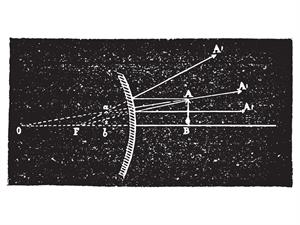 | 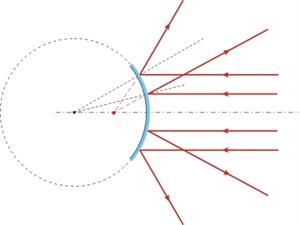 |
The size and nature of the images formed by a convex mirror are given in the table.
Position of the object | Position of the image | Image size | Nature of the image |
| At Infinity | At F | Highly diminished, Point sized | Virtual and erect |
| Between the infinity and the Pole (P) | Between P and F | Diminished | Virtual and erect |
The image formed by a concave mirror:
Concave mirrors form a real image that can be caught on a screen. Unlike convex mirrors, concave mirrors show different image types.
Depending on the object's position in front of the mirror, the image's position, size, and nature will vary.
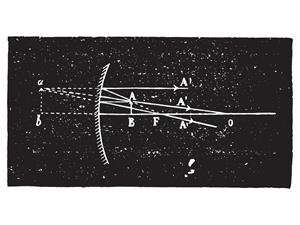 | 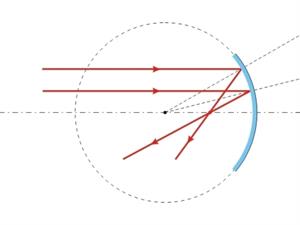 |
The below table provides a summary of images formed by a concave mirror.
Position of the object | Position of the image | Image size | Nature of the image |
| At Infinity | At F | Highly diminished | Real and inverted |
| Beyond C | Between C and F | Diminished | Real and inverted |
| At C | At C | Same size as the object | Real and inverted |
| Between C and F | Beyond C | Magnified | Real and inverted |
| At F | At infinity | Highly Magnified | Real and inverted |
| Between F and P | Behind the mirror | Magnified | Virtual and erect |
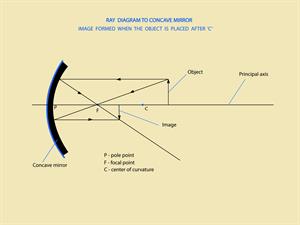 Object is beyond C |  Object at C |
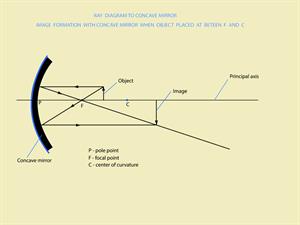 Object between C and F | 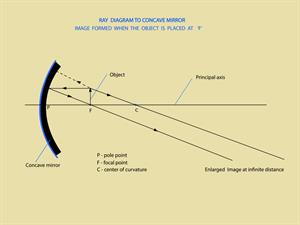 Object at F |
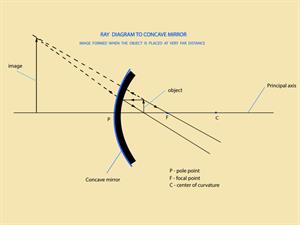 Object between F and P |
You can recognise from the table that a concave mirror always forms a real and inverted image except when the object is placed between the focus and the mirror's pole. In this position, it forms a virtual and erect image.
